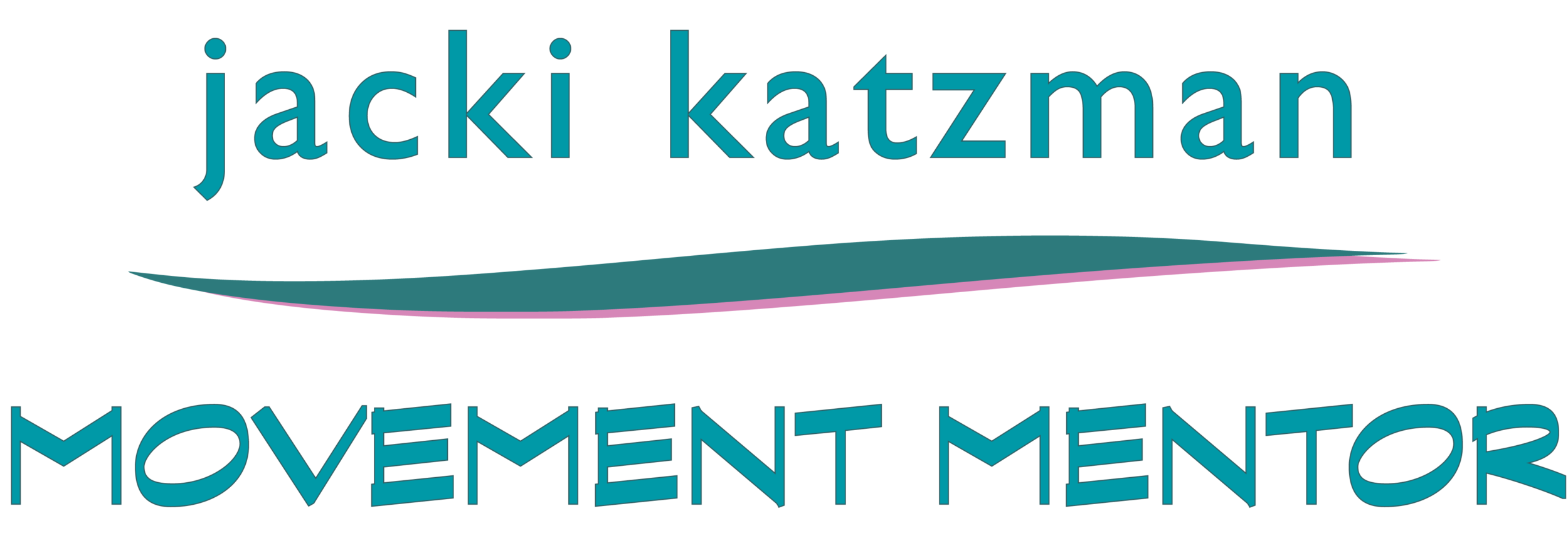The Grand Horizontals -5 - Circle Like Serena
Serena Williams serves at Wimbledon source: abc.net.au.png
The Grand Horizontals - 5 - Circle Like Serena
Stabilizing the Arm’s Grandest Motion
A variation on the “Amherst Arm Circles” lesson
If you are lying on your side, how do you circle the bottom arm around your body? Why would you want to?
Watch Serena in the video on the right for why you might want to learn to circle your arm along the ribs, even while lying on your side.
Notice how when she tosses the ball her racquet arm comes in close to her ribs and that side knee comes up towards the hip? How she reaches fully with the racquet arm - rotating her wrist forward and expanding her ribs - as she circles up to the ball.
Simultaneously, her throwing arm drops into the contracting ribs like a spring snapping back from being uncoiled. And how her clavicles stay perfectly aligned so that no energy is wasted.
“About the set-up: side lying is usually more comfortable with some support under your cheek. Over the course of the lesson, you may need less cheek support, so consider a folded towel that you can adjust as needed.
There is a lot of sliding in this lesson, so if you have a swishy, silky, slide-y, top to wear, or maybe a silky covering for your mat, you will enjoy the lesson much more. It’s a both-sides lesson, so have enough room to reach your arms forward and overhead on both sides. ”
That motion - the reach, the turn, the twist, the spring-like action of the ribs - is what we are going for in this lesson. With slow, careful attention paid so no rotator cuffs are harmed in the process.
Arm circles are a part of daily life - from reaching into the back seat of the car to reaching that can on the top shelf. If you do stick sports like golf, tennis, softball, kayaking, etc. this lesson will enrich your practice.
The lesson begins, familiarly, on the side with knees drawn up and arms extended in front. The “top” upper arm gently rolls in the shoulder socket as the hand draws an arc from hip to overhead, with attention to that moment when the arm “flips” to go overhead. It feels so good to get into that full upper back arch as the circling hand reaches down to the opposite hip.
The plot thickens with the challenge of having the “bottom” arm complete a circle from underneath. Hint: the spring-like coiling and uncoiling of the ribs and a little support from the upper hand make this possible. Truly! And keeping a focus on the collar bones helps maintain a connected spine.
The Voice-O-Meter sounds this week:
Lung Sound - SSSSSSSSSSSS - the sound of wind in dried leaves - releasing grief and making space for courage
Kidney Sound - CHOOOOOO - the sound of breath echoing through a long tube - forcing out cold, fearful energy and making space for gentleness and generosity
Science nerd candy this week: A detailed look at the motion of the upper arm bone - the humerus - as it rotates in the shoulder socket. Take note of the way the bone rotates as it rolls up overhead. There a so many muscular connections between the arm, the ribs, the shoulder blades, the neck and spine. But only the collar bones - the clavicles - provide the skeletal connection to support the finger tip from the spine. Watch them at 1.75x with the captions on if you are pressed for time:
Shoulder Anatomy Tutorial, Randale Sechrest, eOrthopodTV, (6:52) – detailed anatomy of bones, joints, ligaments, muscles, nerves and bursa of shoulder girdle
Adduction of the arm, 3D Anatomy Lyon - (3:09) breakdown of muscles, bones, ligaments that raise the arm to the side
Lateral elevation of the arm in the plane of the scapula. 3D Anatomy Lyon - (3:05) details on all the muscles that contribute to rotating and raising the arm over the head
Deltoid Muscle, origins, insertions, actions, Muscle and Motion - (1:09) the little dough boy hammers on the muscles that pull the arm overhead
Scapulohumeral Rhythm Shoulder Abduction with Muscular Analysis, Muscle and Motion - (1:45) animation of the arm lifting in the shoulder socket with all the bones in motion
How You Might Feel After This Lesson: Connected through the entire torso; Ribs open and flexible; Breath deep and wide; Arms resting easily in shoulder sockets; Shoulder girdle - shoulder blades, clavicles - resting comfortably over upper ribs; Ready to swing; Ready to reach; Regal posture with your beauty bones ready for viewing.
BY ZOOM New Students: Register here

